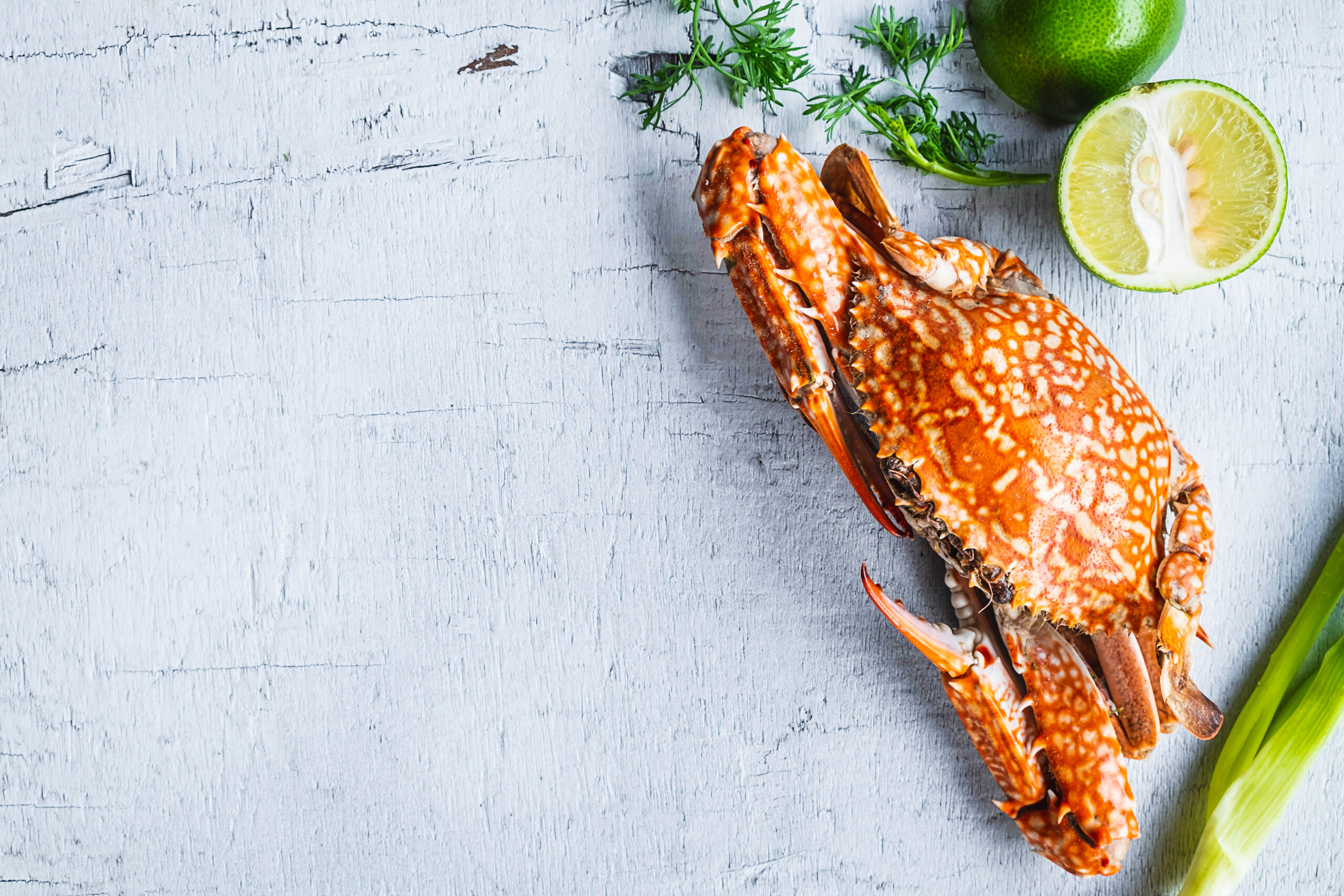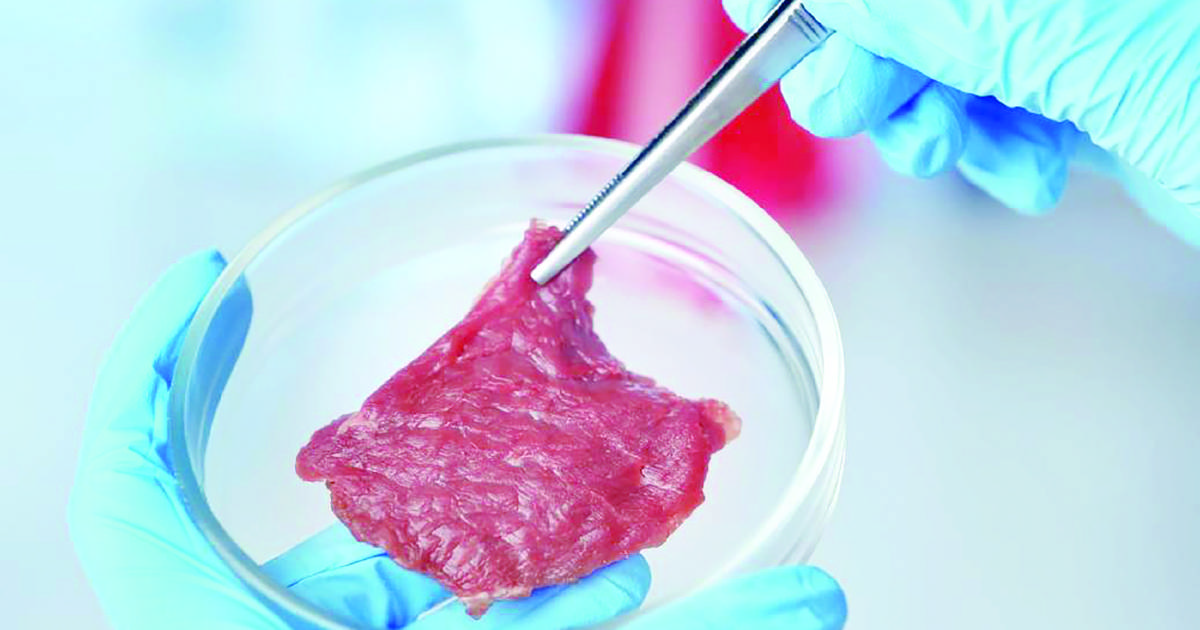Quotes from News-Medical, May 26, 2024
By Dr. Liji Thomas, MD
A newly released research article in the Journal of the American Medical Association examines how adopting a diet centered around plant-based diet could influence the likelihood of developing gout.
What are the effects of diet on gout?
Approximately 4% of the population in the United States experiences gout, a type of inflammatory arthritis that targets the joints. Characterized by severe discomfort, this ailment has the potential to significantly impair mobility. Moreover, it is associated with heightened chances of developing cardiometabolic disorders, which could lead to an increased risk of death and adversely affect emotional well-being.
Research indicates that a selection of dietary items, such as alcoholic beverages, processed meats, seafood, and beverages high in sugar, may contribute to a heightened likelihood of developing gout. On the other hand, low-fat dairy options, coffee, specific types of vegetables, and vitamin C are associated with a decreased probability of experiencing gout. It’s important to consider these dietary factors when looking to manage or prevent gout.

Gout is characterized by sudden and severe pain, typically manifesting in the joints, with the big toe being the most common site of an attack. The onset of gout can be abrupt, often occurring at night, and may be so intense that even light pressure from a bedsheet is unbearable. Affected joints may become swollen, tender, warm, and red, indicating inflammation. After the initial severe pain subsides, discomfort can persist for days or weeks, and subsequent attacks may involve more joints and last longer.
Chronic gout can lead to the formation of tophi, which are nodules of uric acid crystals deposited under the skin, potentially causing joint destruction. Other symptoms include tenderness, swelling, and a limited range of motion in the affected areas.
Certain nutritional regimens, including the DASH and Mediterranean dietary patterns, have been recognized for their potential to lower the likelihood of developing gout. Nonetheless, the impact of diets centered around plant-based diet on the occurrence of gout remains less explored and understood.
Plant-Based diet and Gout
The research in question analyzed information from U.S. participants who were part of the Health Professionals Follow-Up Study spanning from 1986 to 2012, alongside data from the Nurses’ Health Study, which took place between 1984 and 2010. It’s important to note that none of the individuals involved in the study had gout when the research commenced.

The research was designed to assess the average interaction with a comprehensive index of plant-based diet (PDI), along with its subcategories: the beneficial PDI (hPDI) and the detrimental PDI (uPDI). These metrics were derived from an evaluation of 18 categories of food items, ascertained through the utilization of a questionnaire that tracks the frequency of food consumption.
What were the findings of the study?
In the research conducted, approximately 123,000 individuals were analyzed, with an average age of 54 for male participants and 50.9 for female participants. Throughout the duration of the study, which encompassed close to 2.8 million person-years, there were 2,700 cases of newly diagnosed gout.
There was no observed link between the general Plant-based Diet Index (PDI) and the occurrence of gout in both genders. Nonetheless, a distinction was noted when the healthy Plant-based Diet Index (hPDI) was evaluated against the unhealthful Plant-based Diet Index (uPDI); the former demonstrated an inverse relationship with gout incidents, while the latter showed a direct correlation.

In the study group following a high-processed dietary pattern index (hPDI), there was a 17% escalation in gout incidence when comparing individuals in the highest consumption category to those in the lowest. Conversely, in the group adhering to an unprocessed dietary pattern index (uPDI), there was an approximate 20% reduction in gout cases observed from the top to the bottom consumption quintile.









